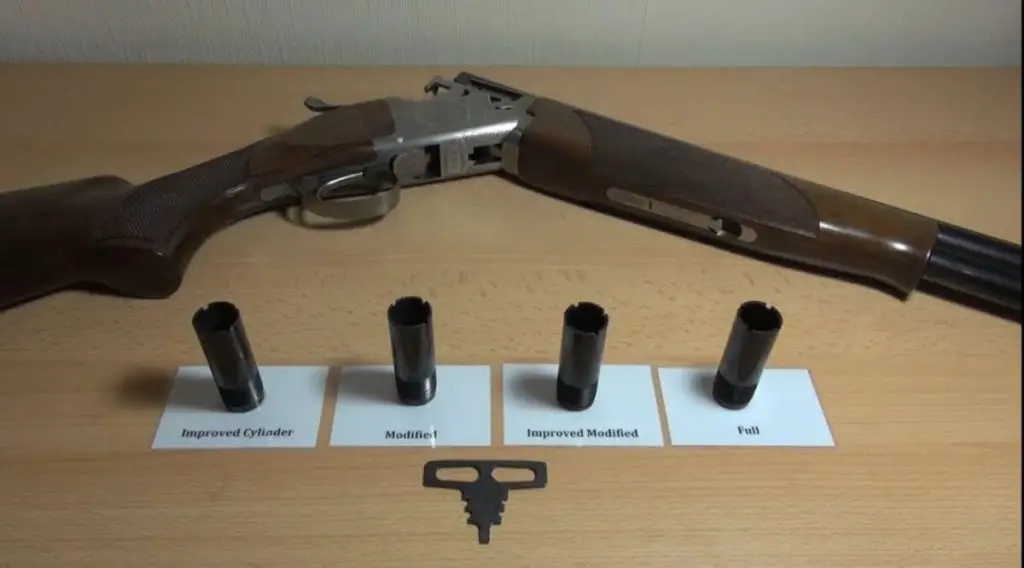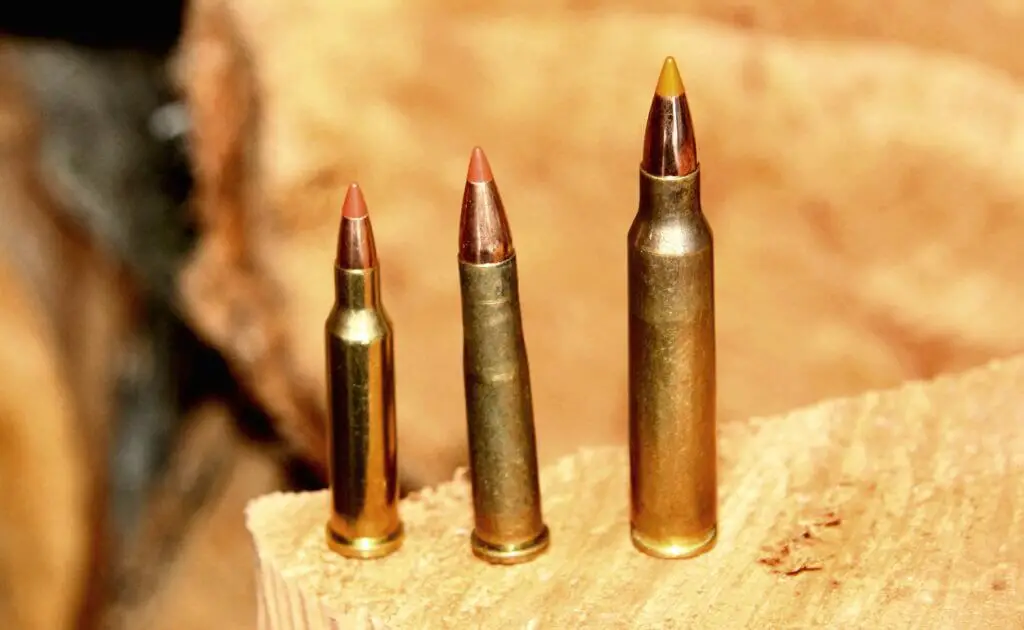In the world of firearms, debates often arise about which cartridge is superior for self-defense and recreational shooting. Three of the most frequently discussed options are the .357 SIG, 9mm, and .40 S&W. Each has its own passionate group of advocates and distinct characteristics that set it apart from the others. Those new to shooting or contemplating a shift to a different caliber can find the decision daunting. Let’s navigate through a detailed exploration of these cartridges, understanding their behavior, potential use cases, and determining the most suitable option for your needs.
Before delving deeper into these ammunition types, here’s a concise comparison table to offer a snapshot view of their performance characteristics and applications:
| Feature | .357 SIG | 9mm | .40 S&W |
|———————-|——————————|——————————|——————————|
| **Bullet Diameter** | 9.02 mm | 9.01 mm | 10.16 mm |
| **Velocity** | 1,250-1,450 fps | 950-1,400 fps | 900-1,400 fps |
| **Energy** | ~500-700 ft-lb | 350-465 ft-lb | 400-520 ft-lb |
| **Recoil** | Moderate to high | Light to moderate | Moderate to high |
| **Capacity** | Lower compared to 9mm | Highest among these three | Lower compared to 9mm |
| **Cost** | Higher | Generally affordable | Moderate |
| **Availability** | Less common | Very common | Common |
The .357 SIG
Introduction to .357 SIG
The .357 SIG cartridge was introduced in the mid-1990s by SIG Sauer, designed for those who desired the performance of a .357 Magnum in an automatic pistol. The intent was to combine high velocity with a flat trajectory, making it suitable for both self-defense and law enforcement purposes.
Performance and Use Cases
**Perceived Power and Practical Use:** The .357 SIG is known for its high velocity, often in the range of 1,250 to 1,450 feet per second. Such speed ensures excellent stopping power and penetration, often favored by law enforcement officers for its reliability in critical situations. However, this power comes with the drawback of increased muzzle blast and noise.
**Personal Experience:** In my experience using the .357 SIG, the accuracy and handling even at longer ranges was impressive. However, managing the recoil was a challenge, particularly in rapid-fire scenarios. Training was essential to handle it effectively, especially under stress.
Pros and Cons
- Pros: High stopping power, good accuracy, effective penetration.
- Cons: Higher cost, limited ammo availability, challenging recoil management.
The 9mm
Introduction to 9mm
The 9mm Luger, also known simply as 9mm, is one of the most popular handgun cartridges globally. Its widespread use extends from civilian markets to armed forces and law enforcement agencies, praised for its balance of capacity, recoil, and effectiveness.
Performance and Popularity
**Versatility and Capacity:** The 9mm offers excellent versatility with its moderate recoil and higher magazine capacity compared to .357 SIG and .40 S&W. This makes it particularly appealing for concealed carry and home defense.
**Personal Experience:** From personal use, the 9mm provided a comfortable shooting experience, with easy recoil management and fast target reacquisition. These elements, along with its affordable ammunition, made it ideal for extended practice and training sessions.
Pros and Cons
- Pros: Wide availability, lower recoil, higher capacity magazines, cost-effective for training.
- Cons: Typically less stopping power than larger cartridges.
The .40 S&W
Introduction to .40 S&W
The .40 Smith & Wesson (S&W) was developed in the early 1990s to fill the gap between the 9mm and the .45 ACP in terms of size and power. This round was designed to be a mid-point solution providing better stopping power than a 9mm but with less recoil than a .45, appealing to many law enforcement agencies.
Performance and Practicalities
**Balance and Reliability:** The .40 S&W strikes a balance between power and recoil, delivering ample stopping capacity while being manageable for most shooters. It’s often selected as a duty round by law enforcement due to these features.
**Personal Experience:** Shooting the .40 S&W, I found it provided a satisfying balance of performance; however, the snappier recoil compared to 9mm required some adjustment. It was rewarding in terms of power without being overly punishing or causing excessive shooter fatigue.
Pros and Cons
- Pros: Balanced power and recoil, effective stopping ability.
- Cons: More expensive than 9mm, potentially less capacity due to size, availability can be variable.
Understanding the distinct features of the .357 SIG, 9mm, and .40 S&W will guide you in selecting the most appropriate cartridge based on personal preferences, intended use, and specific scenarios. Each cartridge has its champions and critiques, reflected in their designs and targeted applications. Whether you prioritize power, cost, or versatility, the decision ultimately lies in which factors align best with your needs.
Frequently Asked Questions
1. What are the main differences between 357 Sig, 9mm, and 40 caliber?
The main differences between these calibers are their bullet diameter and velocity. The 357 Sig has a bullet diameter of .355 inches, the 9mm has a bullet diameter of .355 inches, and the 40 caliber has a bullet diameter of .400 inches. The 357 Sig typically has higher velocity compared to the 9mm and 40 caliber, leading to better penetration and stopping power.
2. Which caliber has the best stopping power?
Many experts believe that the 357 Sig has the best stopping power among the three calibers. This is because the 357 Sig has a higher velocity and energy, which can result in better penetration and expansion upon impact.
3. Is 357 Sig more expensive than 9mm and 40 caliber?
Yes, the 357 Sig ammunition is typically more expensive than 9mm and 40 caliber ammunition. This is due to the higher manufacturing costs and lower demand for 357 Sig ammunition compared to 9mm and 40 caliber.
4. Which caliber has the best accuracy?
Accuracy can vary depending on the shooter and the specific firearm used. However, many shooters find that the 9mm caliber offers the best balance between accuracy and recoil. The 9mm tends to have less recoil compared to the 357 Sig and 40 caliber, allowing for faster follow-up shots and better accuracy.
5. Can all three calibers be used for self-defense purposes?
Yes, all three calibers can be used for self-defense purposes. It ultimately comes down to personal preference, shooting proficiency, and the specific firearm being used. The 357 Sig is known for its excellent stopping power, while the 9mm is popular for its manageable recoil and affordability. The 40 caliber falls somewhere in between the 357 Sig and 9mm in terms of stopping power and recoil.
6. Which caliber has the best penetration capabilities?
The 357 Sig typically has the best penetration capabilities among the three calibers. The higher velocity of the 357 Sig round allows it to penetrate barriers more effectively compared to the 9mm and 40 caliber.
7. Are there specific gun models that are better suited for one caliber over the others?
There are certain gun models that are specifically designed to chamber one caliber over the others. It is important to check with the manufacturer to ensure that your firearm is compatible with the caliber you intend to use.
8. Is recoil significantly different between 357 Sig, 9mm, and 40 caliber?
Yes, recoil can vary significantly between the three calibers. The 357 Sig tends to have a sharper recoil compared to the 9mm and 40 caliber, due to its higher velocity. The 9mm generally has the least recoil of the three, making it more manageable for shooters of all experience levels.
9. Are all three calibers readily available in most gun stores?
While 9mm and 40 caliber ammunition is more widely available and affordable in most gun stores, 357 Sig ammunition may be harder to find and more expensive. It is important to check with your local gun store or online retailer to ensure they carry the specific caliber you need.
10. Which caliber is most commonly used by law enforcement agencies?
The 9mm caliber is the most commonly used by law enforcement agencies due to its manageable recoil, affordability, and wide availability. However, some agencies may still opt for the 357 Sig or 40 caliber for their increased stopping power and penetration capabilities.
- How to Put a Scope on a Mosin Infantry in Tarkov: A Quick Guide - November 7, 2024
- How to Edit a Scope Box in Revit: A Step-by-Step Guide - November 6, 2024
- How to Put a Scope on Mosin Tarkov: Expert Tips for Gamers - November 6, 2024


